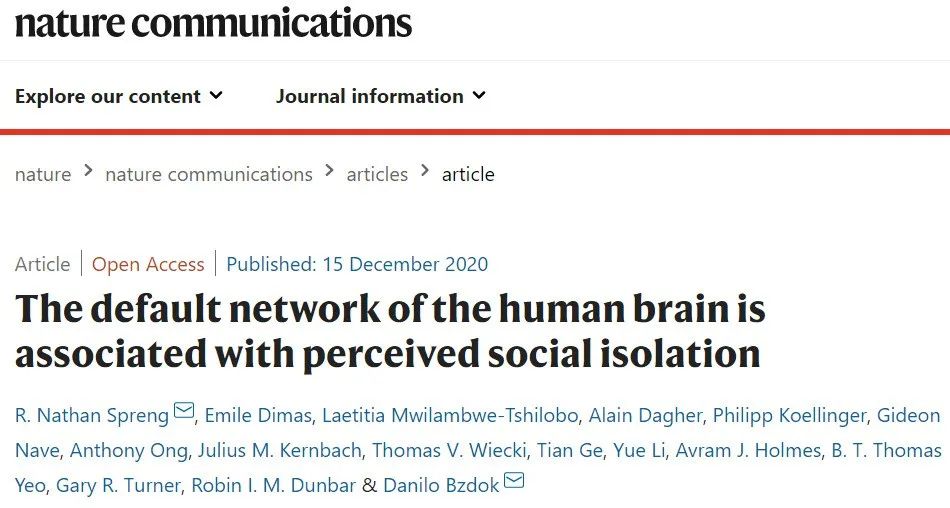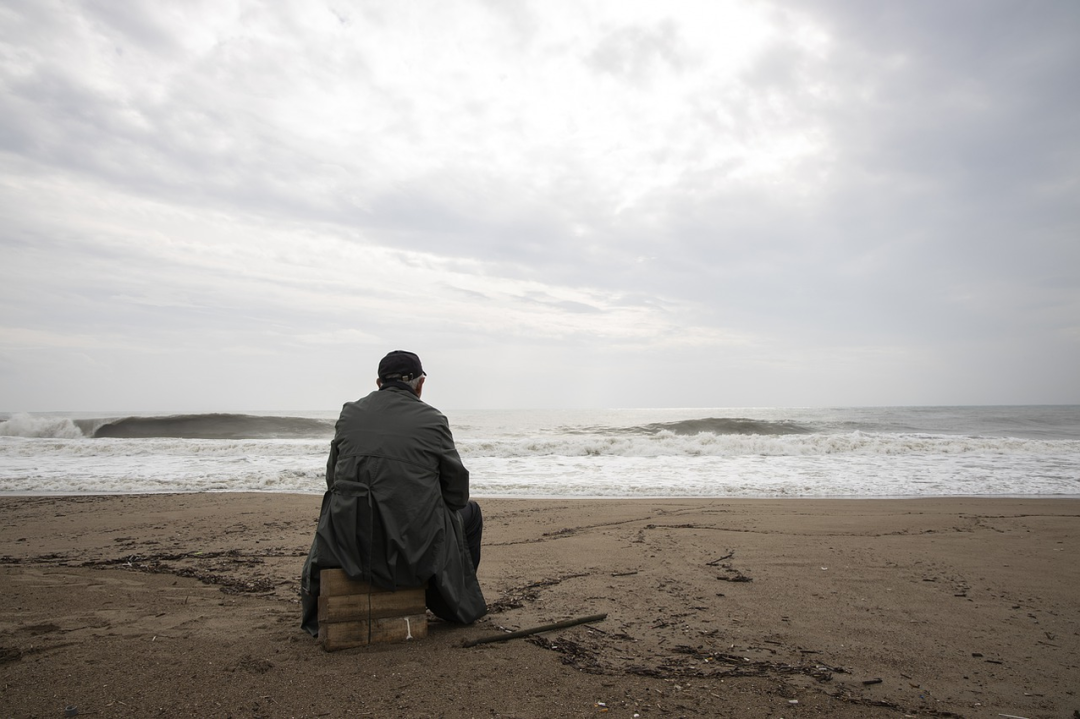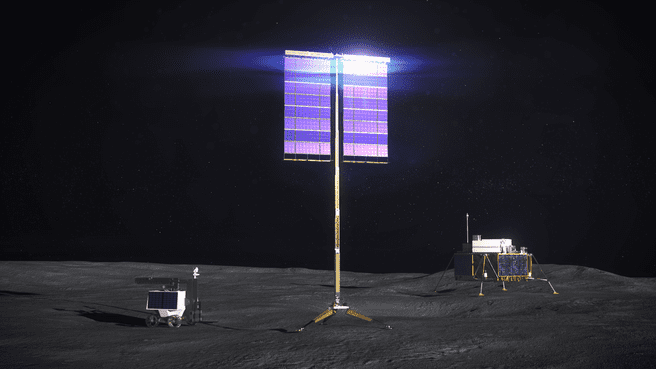In daily life, whether it is a lonely old man or a young man wandering alone, when alone, he often thinks about many things unconsciously, and feels alone and suffering. Studies have shown that long-term loneliness will affect our sleep and cause irreversible damage to the brain and cardiovascular system.
So why do people feel lonely? What happens to our brain when we feel alone?

(Source: Pixabay)
Recently, Professor Nathan Spreng from the Department of Psychiatry and Psychology at McGill University in Canada and his collaborators conducted an MRI of approximately 40,000 middle-aged and elderly people from the British Biomedical Library ( MRI) data, genetic information and self-psychological evaluation were studied.
It turns out that the loneliness of the brain is closely related to the so-called default mode network in the human brain. Specifically, the more lonely a person is, the easier it is to activate the default mode network of the brain, and the easier it is to think about and review past events .
In this regard, Splen said: “In the absence of the desired social experience, lonely individuals may be inclined to introverted thoughts, such as recalling or imagining social experiences. We know that these cognitive abilities are the default of the brain. The network area is intermediary. Therefore, this increased focus on self-reflection and possibly imagined social experiences will naturally use memory-based default network functions.”

The research is titled “The default network of the human brain is associated with perceived social isolation” and was published in the latest issue of the journal Nature Communications .
Magical default mode network
Regarding the default mode network, Professor Germer of Harvard University once had a very precise generalization, “The human brain has a part called the default mode network (default mode network), which is located in the middle of the head from front to back. It’s not active at times, but it’s especially active at rest. Its main functions are to form self-awareness; reflect on the past and worry about the future; and look for problems.”
In 1953, physicist Lawrence Sokolov conducted an experiment in which volunteers were asked to lie flat on a bed to solve arithmetic problems, and at the same time, the volunteers’ brain waves and the amount of oxygen in the brain were recorded. He tried to prove that the brain consumes more oxygen when people rack their brains, but the result is unexpected: the oxygen consumed by the brain when volunteers do calculations is not as much as when they close their eyes and relax!
For a long time, people have regarded the brain as a computer on standby at any time, usually in a dormant state, and restarted when required to handle various tasks. But Sokolov’s experiment seems to indicate that the brain still consumes a lot of energy when it “empties”.
Later, after several years of research, neurologist Marcus Ricelli of Washington St. Louis University and his colleagues gradually uncovered the mystery of what the brain is doing when it is idle.
Ricelli has always used a brain imaging method called “PET” to study brain activity related to words. One day he occasionally discovered that there was some activation in a certain area of the brain when the subjects were resting, but the activation disappeared after the task started. Most researchers disagreed with this and thought it was just random noise (meaningless experiment Data) nothing more.
But in 1997, Reichelli’s colleague Jordan Shuram discovered that this was not the case. He carefully inspected the brain imaging results of 134 subjects in the past and found that no matter what the test task was, a part of the brain always decreased activation after the task started. In 2001, the two of them published a paper that unveiled to the world the mysterious “default network” in the brain.

(Source: Pixabay)
So, what exactly is the brain doing when it is free?
Rechelli and his colleagues believe that the function of the brain when it is empty is closely related to memory. The hippocampus in the brain responsible for memory may be providing us with various memory fragments of daily life and causing us to produce seemingly meaningless “daydreams.” , And then the default network-the prefrontal lobe of the brain integrates these memory segments to provide references for future behavior.
Recently, Maria Manson of Dartmouth College used functional magnetic resonance imaging technology FMRI to confirm this: When people report “daydreaming”, the default network is also active. In other words, wandering or daydreaming is of great significance to the brain .
The brain of the lonely, the default network is easier to activate
As the social distancing caused by the new crown epidemic continues, 2020 will be a lonely year for many people, and it is important to understand how isolation will affect our health.
To this end, the research team conducted research on magnetic resonance imaging (MRI) data, genetic information and self-psychological evaluations of approximately 40,000 middle-aged and elderly people in the British Biomedical Library. Then, they compared the MRI data of subjects who often complained of feeling lonely with those who did not feel lonely.
 Reference materials:
Reference materials:
1. https://www.nature.com/articles/s41467-020-20039-w
2. https://www.mcgill.ca/neuro/channels/news/scientists-show-what-loneliness-looks-brain-325504











